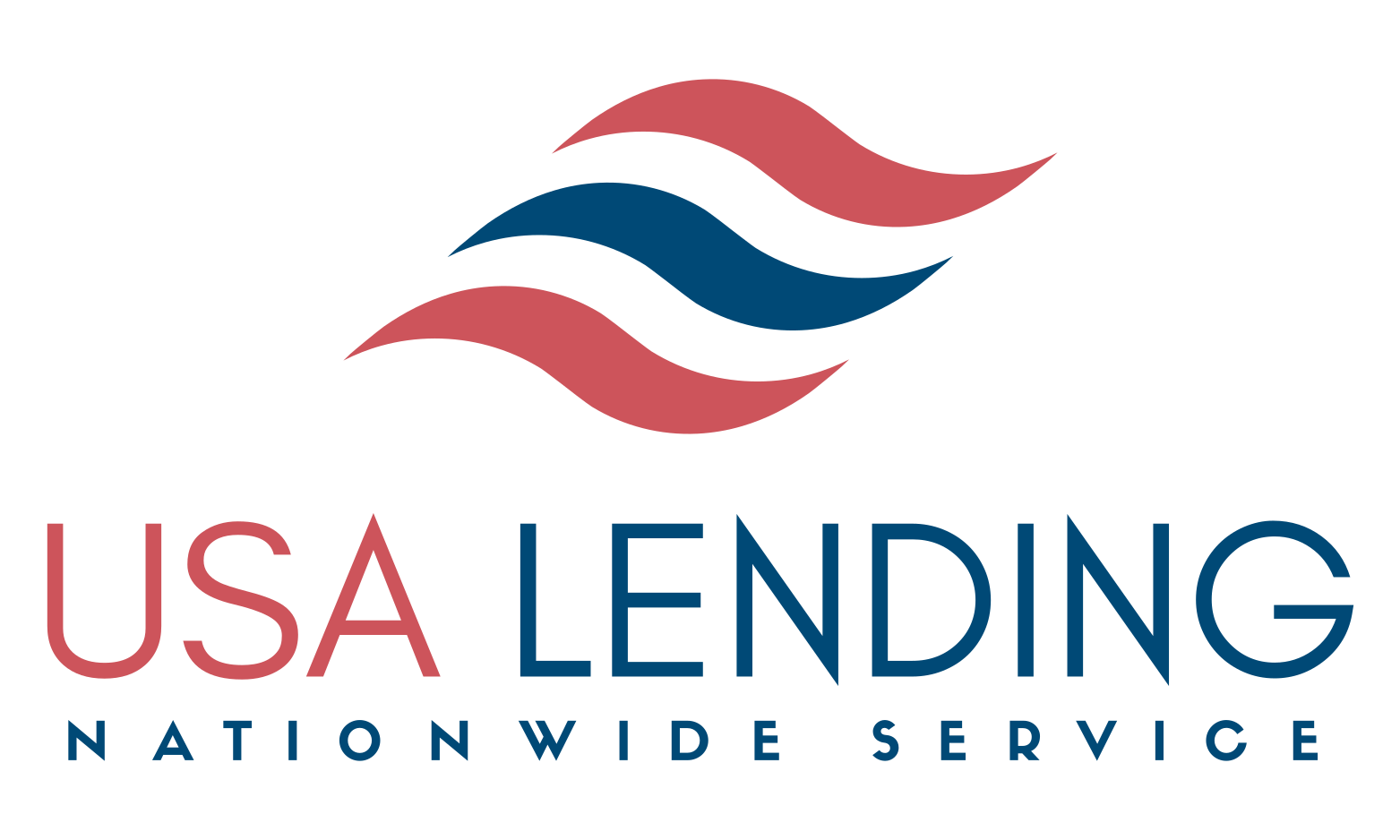If you're looking to buy a home in the USA, you have multiple loan options…
The Pros and Cons of Down Payment Assistance
When you finance a home or any other property, the first hurdle that often comes your way is the deposit. Typically, an average estimate says that the buyers in the USA pay a downpayment of more than $60,000 which is a significant amount.
However, the real challenge lies in gathering this amount for the down payment. How do you plan to accumulate these funds for such a significant upfront cost? That’s where down payment assistance comes in.
Lenders provide you with a part of the deposit to help you secure the deal. However, this help extends beyond simple grants and has long-lasting implications.
In this blog, you’ll discover the pros and cons of down payment assistance. Now, let’s dive into how lenders help you pay this deposit!
What Is Down Payment Assistance?
When you’re buying a home, you can either pay the full price or a part of it. That smaller initial deposit is a ‘down payment‘. It ensures you have a vested interest in continuing your payments to the seller.
However, this amount can be prohibitively high. And so, down payment assistance helps you raise the funds for the deposit. Additionally, they can provide other benefits such as tax incentives.
Nevertheless, you’ll need to meet their requirements and restrictions such as being a first-time home buyer to be eligible for it.
Types of Down Payment Assistance
Before discovering the pros and cons of down payment assistance, let’s examine the different types of assistance you can benefit from!
This assistance can be provided by the government, your local community, or a financial institution. The programs are available in various forms, including:
- Grants: This is an amount of money your lender gives you with no expectation that you’ll pay it back.
- Credits: When you’re completing the contract for your new home, you can use this to reduce the cost of these final procedures.
- Forgivable Loans: Forgivable loans are a sum of money that you won’t need to pay back after a period, which can range from 5 to 20 years.
Pros of Down Payment Assistance
Here are some of the benefits you’ll acquire if you choose to use this help:
-
Buying a Home Is More Affordable
The most obvious of the advantages of these programs is that they make purchasing a property cheaper. On average, deposits are above 14% of the price of the home.
Since the median cost of a home in the USA is $387,600 – $431,000, the down payment is around $54,264 – $60,340.
An assistance program could cover $25,000! That makes your new house much more affordable which means you can buy it sooner than if you had no help.
-
Possible Interest Discount
When you use a program to reduce the cost of your first payment, your lender might offer a reduced rate for your loan. This makes the assistance much cheaper than if you got a conventional loan.
Normally, down payment loans have an interest as low as 3% while conventional ones have to be 10% or higher. Moreover, if you keep living in that house, you might have your loan forgiven after a certain period.
-
Low or No Mortgage Insurance
When you get a loan from an assistance program, they may offer you reduced mortgage insurance. This amount goes toward protecting the lender should you fail to pay back the loan.
However, this type of financial help reduces this fee or even eliminates it.
Cons of Down Payment Assistance
Now, let’s explore the downsides of down payment assistance programs:
Strict Terms and Conditions to Qualify
When you’re trying to buy a home, you need to be a resident with a social security number, employed, but not making too much or too little, and you need a good credit score.
However, that excludes people who need this assistance but fail to meet one or more criteria. For instance, fresh graduates with good jobs might not meet the credit score criteria. Since they haven’t had the time to build a strong credit history, they appear to be unreliable borrowers.
Alternatively, if you have an income just above the maximum for your county which is 115% in some regions of the US, you’re disqualified.
There are more restrictions:
- The House Must Be Your Residence: The lenders design these programs to help people buy a home. Therefore, you can’t buy this property to resell it or use it for some other purpose than living there.
- You Must Reside There for ‘X’ Years: If you get this assistance, there’ll likely be a clause that says you have to live in the home for some time. If you fail to use it as your primary residence, you’ll have to pay back the assistance.
- The Home Must Qualify for Aid: Before your lender agrees to help you with the down payment, they’ll probably want to verify that the house is in good condition for you to move in. That means that even if you have the skills and materials to flip a house into one that is conducive for living in, the property won’t qualify.
Closing Takes More Time
Due to regulations of aid programs, getting the title takes time. Some lenders demand to investigate the house to confirm that it matches their standard for human living and the criteria they have for homes. The danger comes when the seller receives a better deal.
While your lender takes their time, the seller might choose to go with another offer and you’ll lose the property. Moreover, the current homeowner might prefer to sell to a buyer who can pay the total amount right there and then instead of waiting for the aid.
Conclusion
Now that you’re aware of the pros and cons of down payment assistance, it’s crucial to make an informed decision about considering such assistance. This support offers the opportunity to cover your property’s down payment and potentially reduce your interest and insurance costs. However, there are drawbacks to consider. Qualifying for this help can be challenging, and obtaining it may slow down the buying process. Additionally, even after acquiring the title to your home, you may face more restrictions. To determine if these programs are right for you, you’ll need to think about how you plan to use the property and the price you’re willing to pay. Do you believe the benefits outweigh the potential drawbacks?







